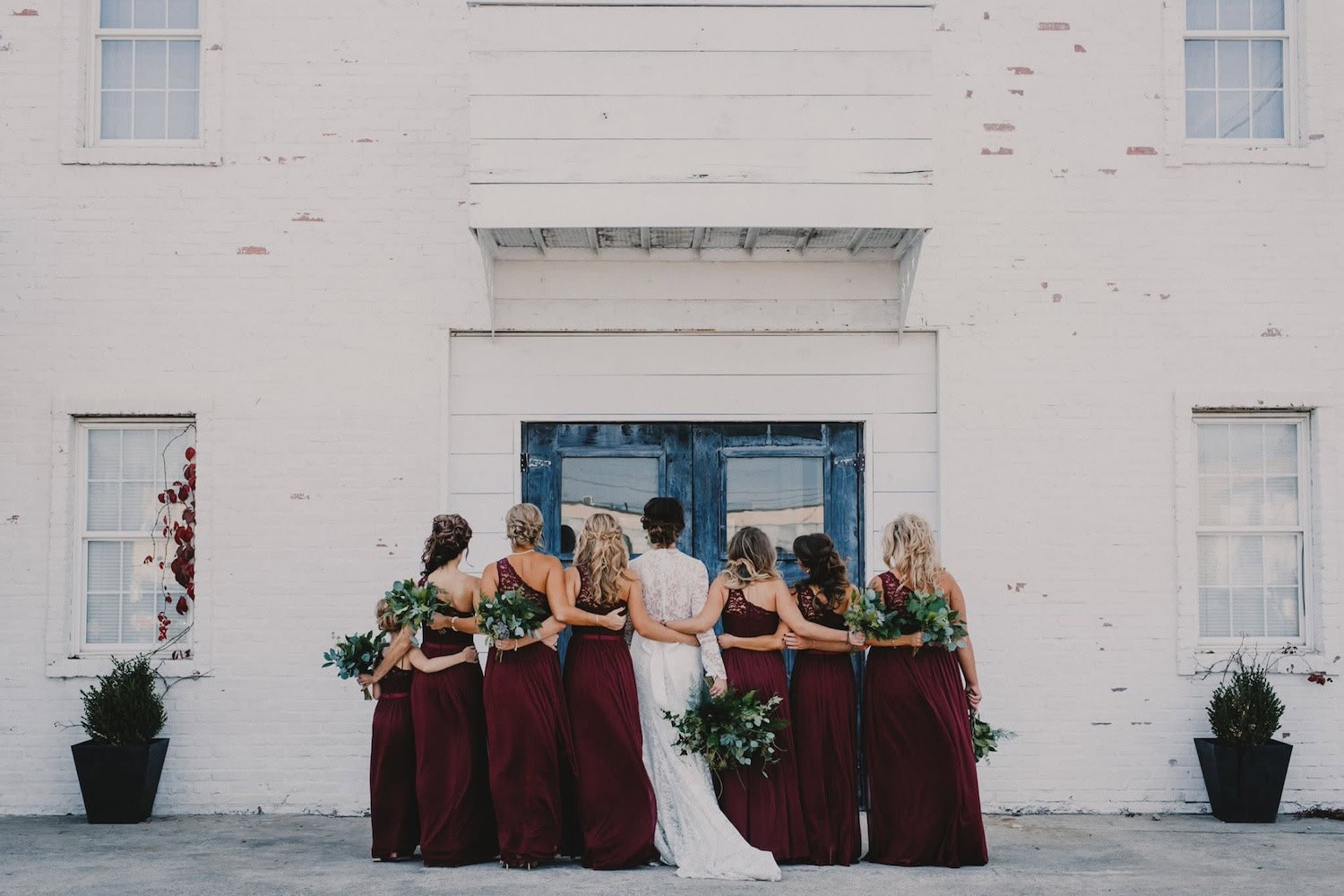How and Where to Find an Airbnb for Meeting Rooms
-
 Edited by Randi Kest
Edited by Randi Kest
Lead Editor & Publisher
- September 16, 2025
- 16 min read
- Events
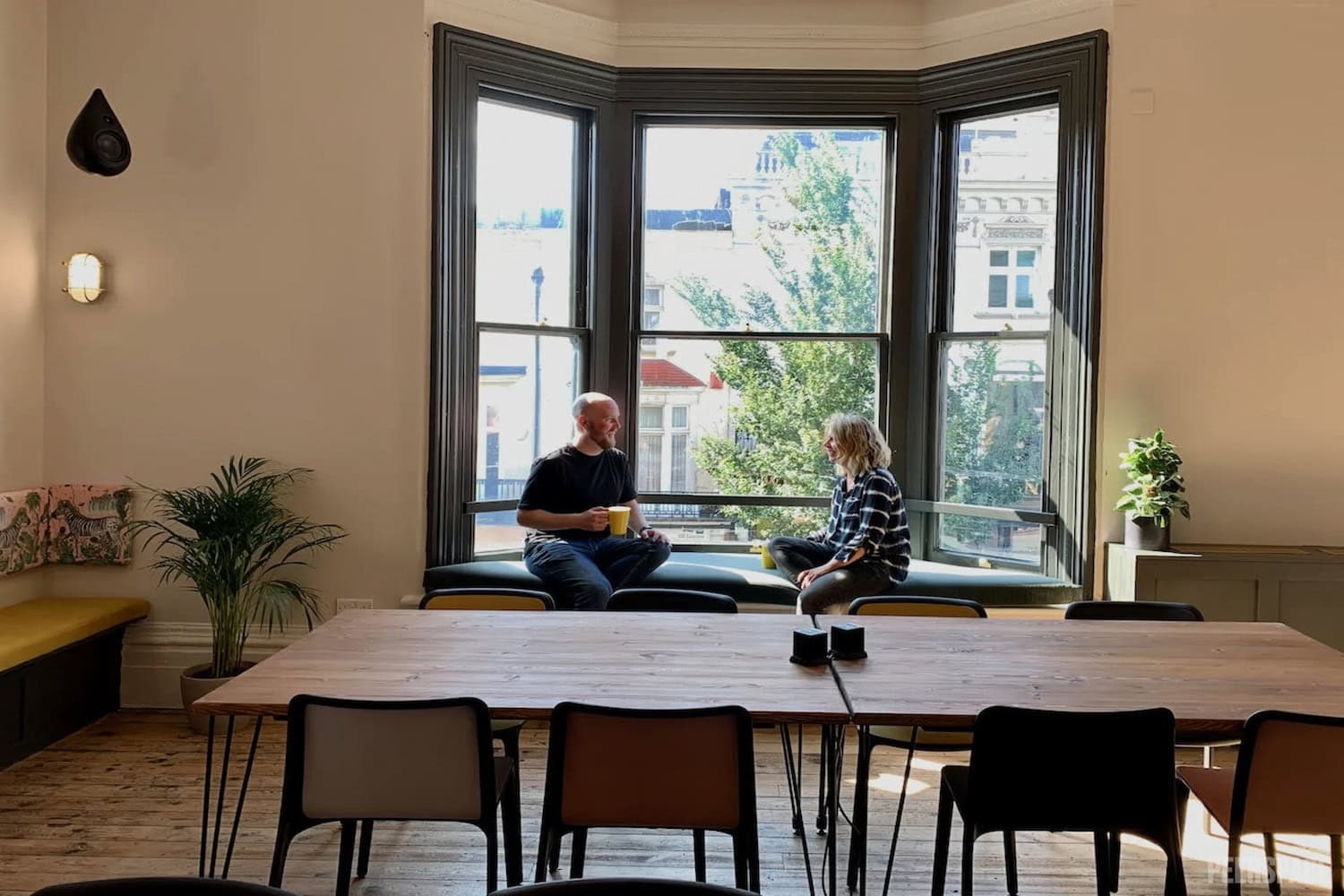
Source: Peerspace
When planning a company retreat, client presentation, or team strategy session, the venue is one of the most important decisions you’ll make. Yet many organizers begin their search by typing “Airbnb meeting rooms” into Google. At first glance, it seems convenient: stylish spaces, flexible locations, and straightforward booking. But using Airbnb for business gatherings often leads to complications that undermine your event.
Airbnb is built for overnight stays, not professional meetings. Its unclear host rules, and lack of event-ready amenities make it a risky option when productivity, professionalism, and smooth logistics matter most. Hotels and coworking spaces provide more structure, but they often lack flexibility, cost-effectiveness, or the right atmosphere.
Fortunately, there’s a better way to find a venue for your next business meeting. An easy way to find a venue purpose-built for meetings, where you can book by the hour and secure the amenities your team actually needs. Whether you’re running a board presentation, hosting a workshop, or planning a hybrid meeting, the right venue is the difference between an event that is ordinary and one that impresses guests and stakeholders.
In this article, we’ll unpack the common pitfalls of Airbnb, compare hotels and coworking spaces, explore what really makes a meeting room effective, highlight the most useful room types, and share planning strategies that keep everything on track. You’ll also find a realistic cost breakdown and a simple roadmap for booking smarter. By the end, you’ll have practical tools to evaluate options and make confident decisions about your next meeting venue.
Table of contents
- The pitfalls of using Airbnb for meetings
- Other meeting room options (and why they also fall short)
- Why Peerspace works
- Key planning considerations
- Finding the right venue for your meeting
- Event planning tips
- A meeting planning timeline to keep you on track
- Cost comparisons: Airbnb vs. hotels vs. Peerspace
The pitfalls of using Airbnb for meetings
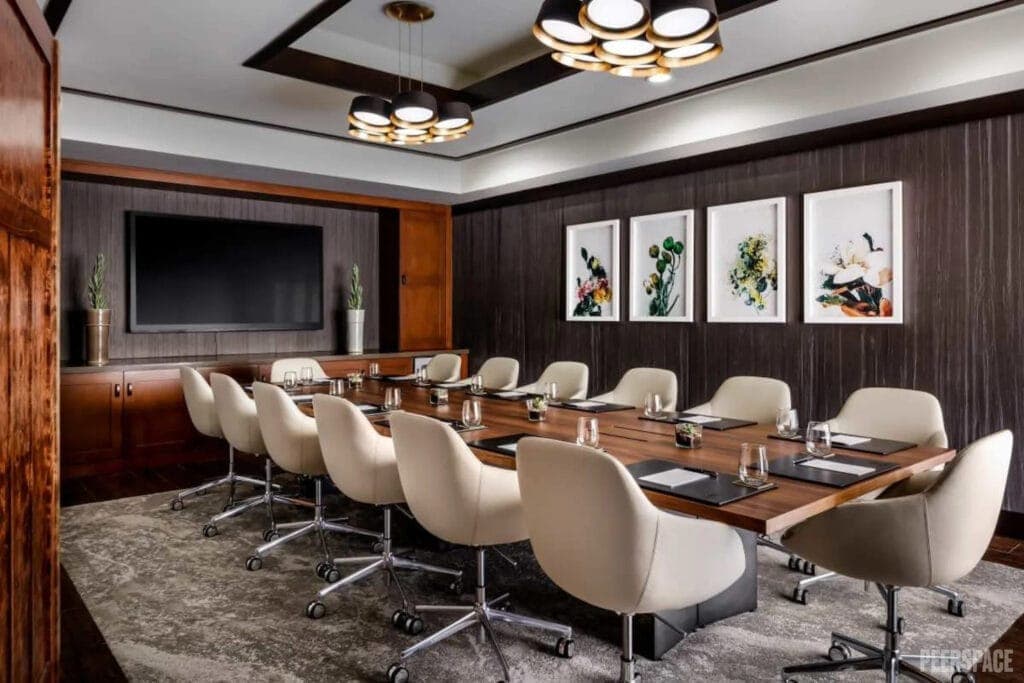
Airbnb was never intended to offer corporate venues, which is why so many teams run into issues when they attempt to use it for meetings. The problems extend well beyond surface-level logistics. They can directly impact attendee experience, professionalism, and even your company’s reputation.
Infrastructure gaps that disrupt productivity
Corporate meetings rely on dependable tools: high‑speed Wi‑Fi, HDMI‑compatible monitors, whiteboards, and multiple power outlets. These basics are rarely guaranteed in residential properties. A dropped video call or malfunctioning projector can stall an entire agenda.
Unclear host permissions and inconsistent rules
Most hosts write listings for their properties that are geared towards leisure travelers, not business gatherings. You won’t find standardized clarity on guest limits, whether outside catering is allowed, or if furniture can be rearranged for group seating. This uncertainty makes planning frustrating and risky.
Professional image risks with clients and teams
A residential property might look cozy for a weekend getaway, but inviting executives or clients to a living room undercuts credibility. The informal setting can feel unprofessional, making it harder to convey authority and polish.
Neighborhood conflicts and compliance challenges
Bringing additional cars, foot traffic, or noise into a residential area often causes friction with neighbors or HOAs. A single complaint can result in disruptions mid‑meeting, or even force an event to shut down early.
Policy restrictions that derail meetings
Airbnb has a global ban on events. This extends beyond just parties. Having 16+ people property is a violation of terms, on any property, regardless of its size. For those who decide to risk it, this leaves teams exposed to last‑minute cancellations penalties against their accounts if a host reports suspected business use.
In summary: While Airbnb listings may look attractive online, they lack the reliability, compliance, and professional infrastructure needed for smooth business gatherings. A true meeting space should inspire productivity and confidence, not jeopardize it with logistical and reputational risks.
Other common meeting room options (and why they also fall short)
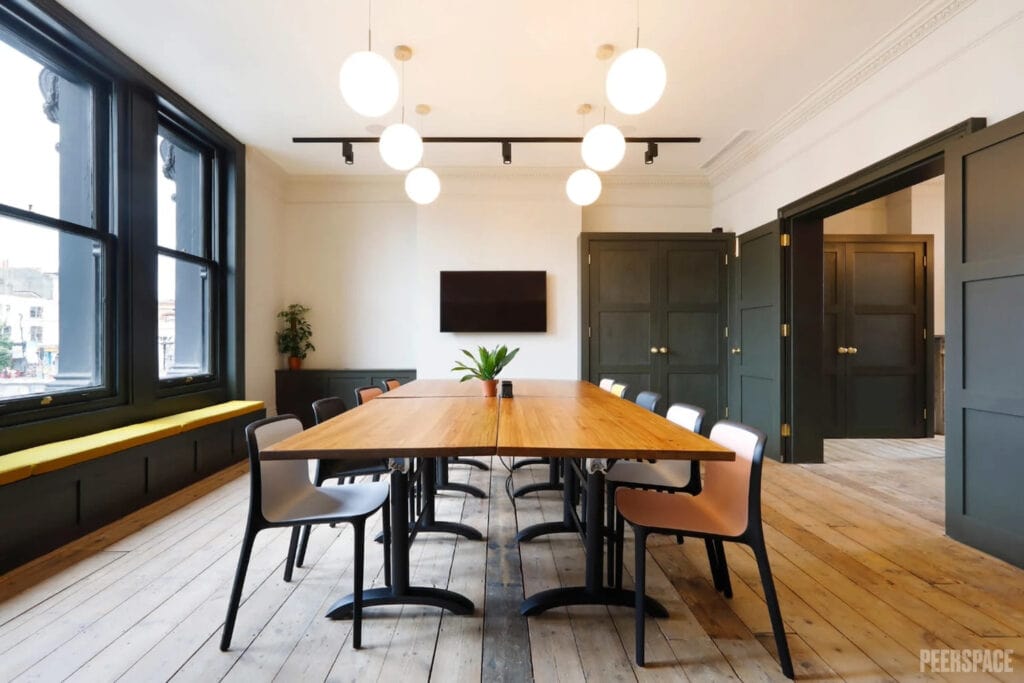
While Airbnb is often the first consideration, many teams also explore hotels or coworking spaces for meetings. Both come with drawbacks:
Hotels
While more reliable than Airbnb, hotel meeting rooms are often expensive, lack flexibility in booking times, and can feel generic or uninspiring. Catering and AV services typically add high additional costs.
Coworking spaces
Coworking offices provide some business amenities, but privacy is limited, and noise from adjacent users can interrupt important conversations. They also tend to have rigid booking policies and limited availability for larger groups.
Hotels and coworking spaces may be more reliable than Airbnb, but they still fall short on flexibility, pricing, and atmosphere. Now let’s explore an option that bridges this gap by offering diverse, professional venues tailored to your event without the downsides.
Why Peerspace is the smarter alternative for meeting rooms

Airbnb may work well for vacations, but Peerspace is tailored from the ground up for meetings, events, and productions. Here’s a detailed breakdown of why it’s the more reliable choice:
Meeting‑ready amenities included
Peerspace venues often come equipped with the essentials: fast Wi‑Fi, AV equipment, projectors, whiteboards, and breakout zones. Many even include extras like on‑site kitchens, lounge areas, or partnerships with local caterers.
Hourly pricing for true cost efficiency
Instead of paying for 24‑hour or multi‑day rentals, Peerspace lets you pay only for the time you actually use. This is especially valuable for half‑day strategy sessions, workshops, or quick offsites where overnight stays aren’t needed.
Professional hosts who understand business needs
Unlike Airbnb hosts focused on hospitality for travelers, Peerspace hosts are accustomed to supporting professional clients. They anticipate logistics, offer flexibility, and respond quickly to questions about setup, tech, or catering.
Transparent listings with no surprises
Each Peerspace listing provides upfront details about capacity, amenities, house rules, and photos of the layout. This eliminates the guesswork that often comes with Airbnb, where business‑critical details are rarely disclosed.
Uncommon venues that elevate your brand
From sun‑filled studios to historic theaters and modern conference centers, Peerspace specializes in spaces that go beyond generic hotel meeting rooms. These distinctive settings can spark creativity and impress clients.
Meeting‑approved by default
Every Peerspace listing welcomes events and meetings. That means you’ll never face the uncertainty or risk of last‑minute cancellations caused by Airbnb’s global event ban.
Peerspace removes the uncertainty and logistical headaches of using a leisure‑based platform for business purposes. It combines variety, reliability, and professional‑grade amenities, making it the smarter, safer, and more inspiring alternative for your next meeting.
What makes a great meeting room? Key planning considerations

Productive meetings are built on careful planning. The right space directly shapes the quality of your conversations, creativity, and outcomes.
Here are the most important elements to evaluate when selecting a venue:
Prioritize location and accessibility
Location sets the tone. For local teams, aim for spaces near central business districts to minimize commutes and encourage full participation. If you’re hosting a client presentation in New York, for example, a space in Midtown makes it easy for attendees to walk from nearby offices.
For regional or international guests, proximity to airports, train stations, or hotels is critical. A meeting near SFO or LAX allows out‑of‑town participants to arrive and depart with minimal travel stress. The more convenient the location, the more focused and productive the meeting will be.
Match room capacity and layout to meeting goals
A venue must comfortably accommodate your guest list and offer the right seating configuration. Boardroom layouts encourage structured discussions, classroom-style setups work for training, and open plans are best for workshops. Flexibility is key when meetings involve breakout sessions.
Here’s a pro tip from Skift Meetings: “Consider if there may be walk-ups to the event. If you are likely to have an influx of attendees who haven’t pre-registered it is ideal to have a layout that accommodates additional seating quickly and efficiently, rather than turning away last-minute participants.”
Focus on essential amenities
Reliable technology is non-negotiable. Seek out spaces with business-ready Wi-Fi, large displays, and AV tools. Extras such as kitchen access, lounge seating, and on-site staff elevate the experience, keeping participants engaged and comfortable.
Meeting room essentials checklist:
- Reliable Wi-Fi to keep video calls and cloud collaboration running smoothly
- AV equipment (screens, projectors, microphones) to ensure presentations are clear and effective
- Whiteboards or brainstorming tools to capture ideas in real time
- Comfortable seating to keep participants focused instead of restless
- Accessibility for all attendees so no one is excluded from participation
- Hourly pricing flexibility to prevent overspending on unused time
- Natural light or quality lighting to reduce fatigue and support alertness
Manage time and budget effectively
Hourly booking models are cost‑effective compared to daily or overnight rentals. For example, a five‑hour strategy session may only require a half‑day booking, whereas Airbnb or hotels would force you to pay for a full night or day you don’t need. When budgeting, don’t forget to account for extras like setup, breakdown, and catering. Build in a small buffer for unexpected costs so your meeting stays on track financially without surprises. This approach keeps the guidance practical without overlapping the detailed cost comparison later in the article.
Choose a style and atmosphere that fits your event
The environment shapes energy and creativity. A clean, modern space conveys professionalism, while warm design details and natural light can inspire creativity and collaboration. Think about how you want attendees to feel the moment they enter (e.g.energized, focused, or at ease) and choose a space whose design reinforces that. For example, bold colors and open layouts can spark dynamic brainstorming, while minimalist design with strong lines may help participants concentrate on decision-making. The key is aligning the space’s personality with your company’s brand identity and the mood you want to create.
In short, a great meeting space balances logistics with atmosphere, creating an environment where business goals can be achieved without unnecessary friction.
Matching the type of meeting to the right venue
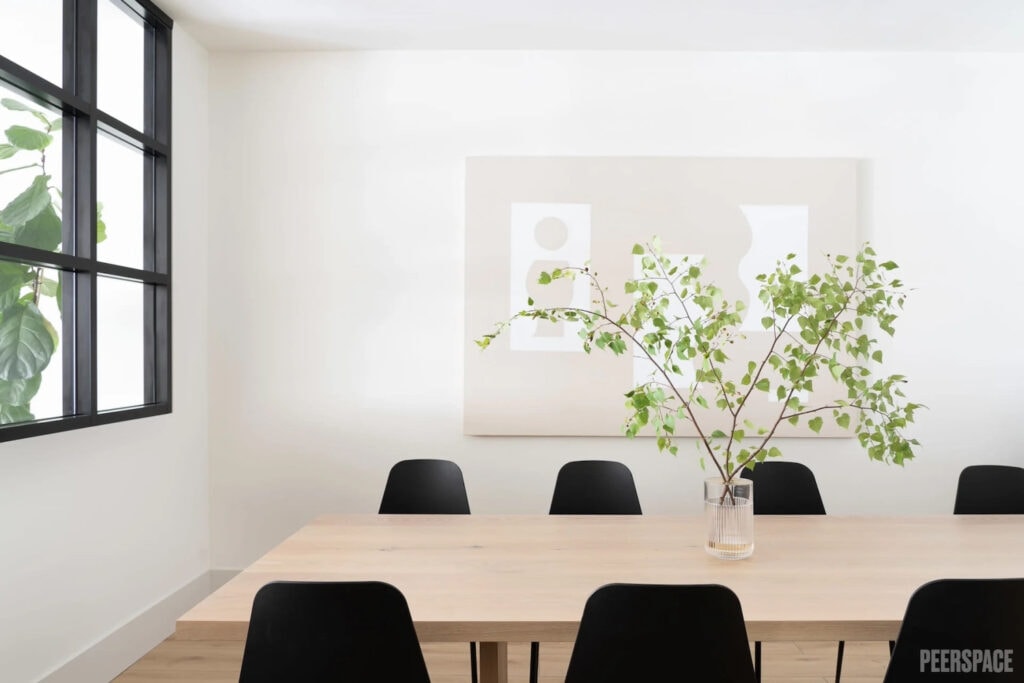
Not all meeting rooms are created equal. The type of space you choose should reflect your goals, the size of your group, and the type of interaction you want to encourage. Here are the most common types of meeting spaces, paired with examples of how they work in practice.
Conference rooms for professionalism and privacy
Conference rooms are best suited for executive meetings, board discussions, and client presentations. They typically feature long tables, ergonomic chairs, and presentation equipment such as large screens and video conferencing tools. For instance, a sleek downtown New York conference room with wall-to-wall windows and integrated AV technology makes the perfect backdrop for a high-stakes investor pitch.
Training rooms for structured learning and workshops
Training rooms are designed with classroom-style layouts, allowing clear sightlines to the presenter. These are ideal for onboarding new hires, hosting certification courses, or running multi-day workshops. A San Francisco training room with movable desks and built-in whiteboards ensures flexibility for different teaching formats.
Creative lofts and flex studios for brainstorming and innovation
Creative studios and loft-style flex spaces prioritize openness and adaptability. These environments support design sprints, innovation labs, and collaborative problem-solving sessions. A sunlit Chicago creative studio with movable furniture and floor-to-ceiling whiteboards creates a canvas for creativity, encouraging participants to think outside the box.
Event halls for large-scale gatherings
When teams need space for dozens (or even hundreds) of attendees, event halls provide the capacity. Many feature stage areas, professional lighting, and full sound systems. A San Francisco hall with theater seating and breakout rooms can host quarterly all-hands meetings or company-wide town halls with seamless transitions between sessions.
Lounges and cafés for informal networking events
Lounges and café-style spaces promote relaxed conversation and relationship building. They’re well-suited for networking events, client coffee chats, or internal team socials. For example, a stylish Austin lounge with mid-century furniture and a built-in espresso bar encourages organic conversation and connection.
Production studios for training and media-focused meetings
Production-ready studios go beyond photo shoots. Many offer soundproofing, lighting rigs, and modular layouts that double as training or media rooms. A Toronto video studio, for instance, can host a marketing team workshop in the morning and a video recording session in the afternoon, making it a multifunctional choice.
Unique venues for unforgettable business retreats
Sometimes the goal is to make a lasting impression. Unique venues like art galleries, historic mansions, or converted warehouses add an element of surprise to company retreats or milestone meetings. Imagine hosting a leadership retreat in a renovated Los Angeles warehouse with industrial character, art installations, and breakout nooks. It creates an atmosphere attendees won’t forget.
When you align your meeting objectives with the right venue style, you ensure that participants feel comfortable, engaged, and inspired. With Peerspace, each of these options is just a filtered search away, making it simple to match your goals to the perfect space.
Event planning tips for hosting a seamless meeting
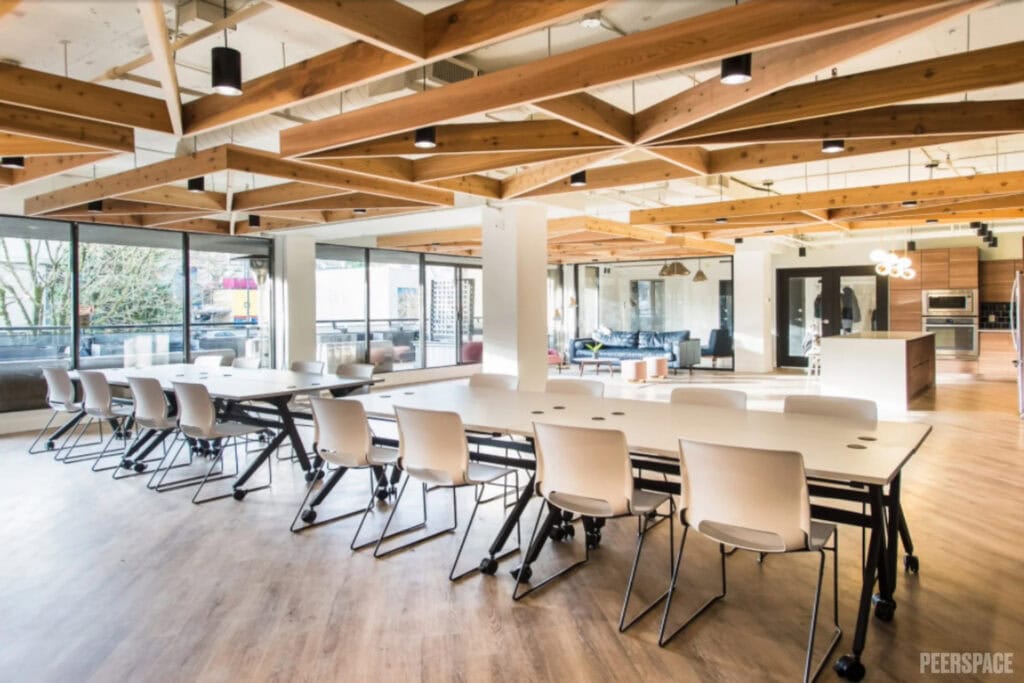
Even the perfect space requires thoughtful preparation. Careful planning ensures your meeting runs smoothly, makes a strong impression, and maximizes productivity for everyone involved. Below are the key areas to prioritize, each with specific steps to consider.
Organize logistics and setup from start to finish
Book extra time before and after the meeting for setup and teardown. Arrive early to arrange seating, test the environment, and set out any printed materials. Use signage in lobbies or hallways so attendees can easily navigate the building. A well-prepared room sets the tone before the first slide appears.
Conduct a thorough technology check
Technology failures are the number one meeting disruptor. Schedule a tech rehearsal a day before if possible. Confirm Wi‑Fi speeds, test video conferencing software, and ensure projectors or displays connect with your team’s devices. Bring spare adapters, chargers, and extension cords so small issues don’t derail the agenda.
Plan catering and structured breaks
Meetings longer than two hours require fuel. Organize coffee service, water stations, and healthy snacks to keep energy up. For longer events, plan meals that cater to dietary needs. Ask venues if they allow outside caterers or provide in‑house options. Plan breaks every 2–3 hours to reset attention spans and encourage informal networking.
Design for attendee comfort and accessibility
Think beyond the agenda itself. Comfortable chairs, natural light, proper ventilation, and temperature control influence engagement levels. Ensure the venue is ADA accessible, with ramps, elevators, or accessible restrooms, so every attendee feels included and supported.
Optimize for hybrid or remote participation
Hybrid work is extremely common nowadays, as are hybrid meetings (according to Gallup surveys, 51% of work environments are hybrid as of May 2025). This makes reliable AV tools and strong internet more important than ever. Position cameras to capture all speakers, place microphones strategically, and test the video feed for clarity. Assign a facilitator to monitor chat and ensure remote attendees remain engaged.
Integrate sustainability and eco‑friendly practices
Sustainable planning matters in the modern business world. Replace printed agendas with digital documents, provide recycling bins, and encourage attendees to bring reusable water bottles. When choosing catering, prioritize vendors who use eco‑friendly packaging and minimize food waste.
Build contingency and backup plans
Prepare for the unexpected. Have backup presentation formats (like a PDF version of a slideshow), designate an alternate facilitator if a key speaker is delayed, and confirm the venue’s cancellation or rescheduling policies. Having a plan B ensures that one hiccup doesn’t derail the entire event.
Flawless meetings come from anticipating details: technology, comfort, food, accessibility, sustainability, and contingencies. By addressing each of these areas, you’ll create an experience where participants feel taken care of, the agenda flows without friction, and your meeting achieves its objectives with professionalism and ease.
A meeting planning timeline: how to stay on track
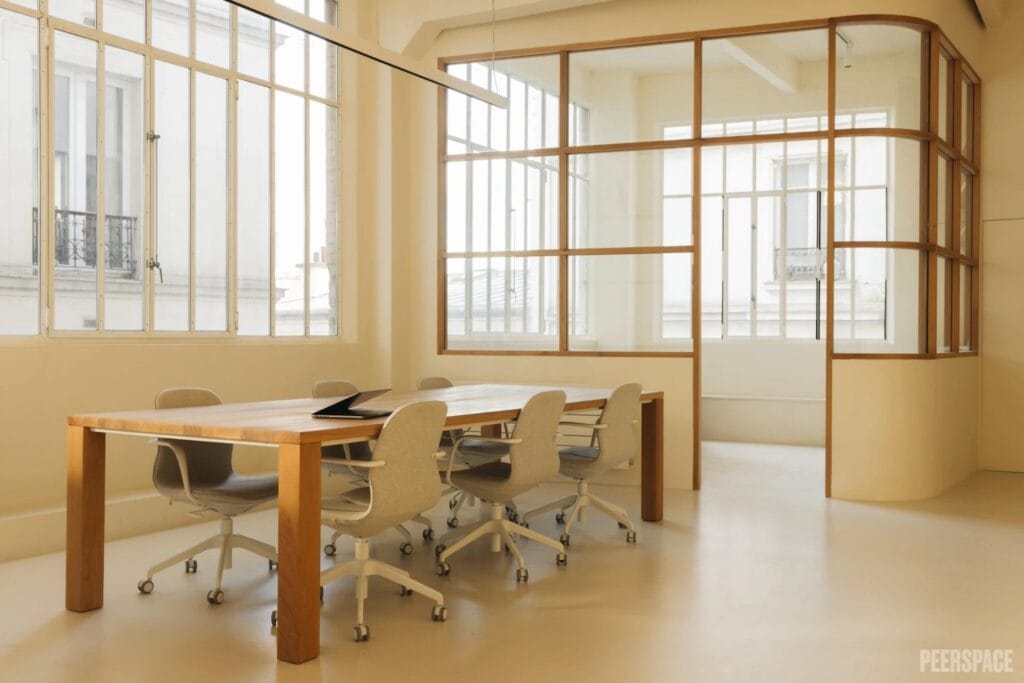
Strong meetings don’t come together overnight. Having a clear timeline helps you anticipate needs and avoid last‑minute stress. Here’s an example planning timeline you can use as a starting point:
- 4–6 weeks out: Define meeting goals, budget, and attendee list. Begin venue search and shortlist spaces on Peerspace.
- 3–4 weeks out: Book your space. Confirm technology requirements, catering needs, and accessibility considerations.
- 2 weeks out: Send calendar invites and share agendas. Coordinate travel and lodging if needed. Order supplies such as printed materials or branded items.
- 1 week out: Reconfirm with the host, finalize catering numbers, and test presentations. Conduct a dry run of the agenda.
- 1 day out: Pack materials, double‑check AV adapters, and reconfirm arrival/setup times with your team.
- Day of: Arrive early for setup, test Wi‑Fi and tech, arrange seating, and greet attendees as they arrive.
- After the meeting: Collect feedback, share meeting notes, and evaluate outcomes against goals.
A proactive planning timeline ensures nothing falls through the cracks, letting you focus on content and collaboration instead of logistics.
Cost comparisons: Airbnb vs. hotels vs. Peerspace

Cost is one of the biggest deciding factors when booking meeting rooms, and it’s where Peerspace often proves to be the most efficient option.
Airbnb costs
Most listings are priced per night, even if you only need the property for a few hours. A large property that rents for $400 a night might feel affordable for a weekend stay, but becomes expensive when you only need it for a half‑day workshop.
Hotels costs
Hotel meeting rooms are often priced in half‑day or full‑day blocks, with additional charges for AV, catering, and staffing. A hotel conference room might cost $1,000–$2,000 for a single day, not including those extras.
Peerspace costs
Spaces are rented by the hour, so you pay only for the time you need. A conference room in Los Angeles, for example, averages $58 per hour on Peerspace, making a 2 hour conference call significantly more cost‑effective than booking overnight or full‑day spaces. Booking venues with built‑in amenities like Wi‑Fi and AV means hidden fees are minimized.
Choosing the right meeting room sets the stage for success
Choosing the perfect meeting room determines the success of your event, while also shaping the way people connect, collaborate, and get work done. Airbnb may tempt you with alluring photos, but its leisure‑focused platform lacks the reliability, consistency, and infrastructure professionals require. Hotels and coworking spaces provide more stability, but they often inflate costs or limit flexibility.
Peerspace offers spaces that are event‑approved, priced by the hour, and equipped with the right amenities, giving businesses the professional backdrop they need without unnecessary compromises. Whether it’s a conference room for a board meeting, a creative loft for brainstorming, or an event hall for a company‑wide gathering, Peerspace provides both variety and dependability. With Peerspace, you’re not just renting four walls—you’re investing in an environment that fosters collaboration and impresses clients.
By finding the right venue for the type of meeting you have in mind, and following the other planning best practices covered in this guide, you’re well on your way to creating an inspiring, memorable event. Start exploring Peerspace meeting room venues.
Get together somewhere better
Book thousands of unique spaces directly from local hosts.
Explore SpacesShare your space and start earning
Join thousands of hosts renting their space for meetings, events, and photo shoots.
List Your Space






